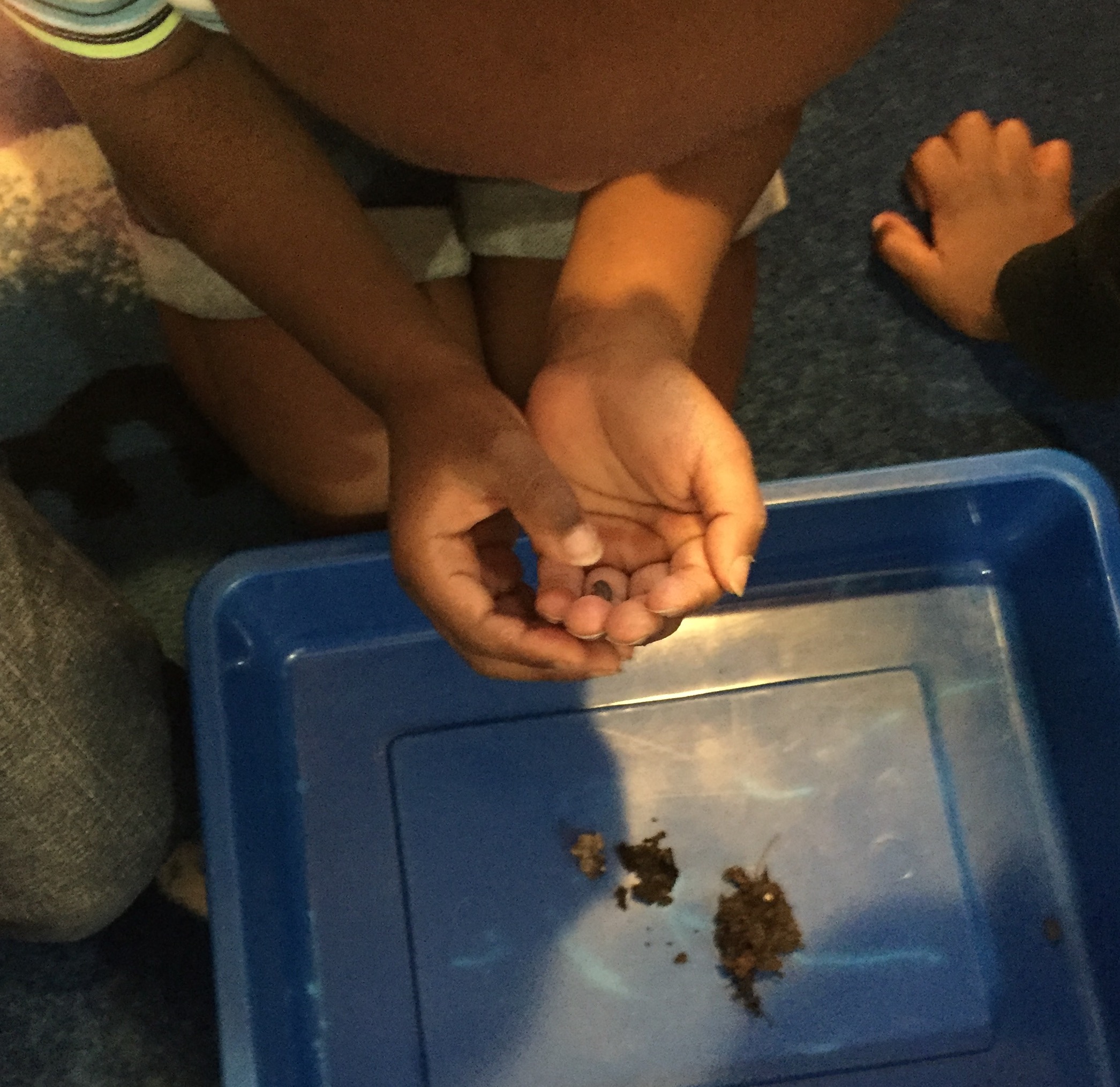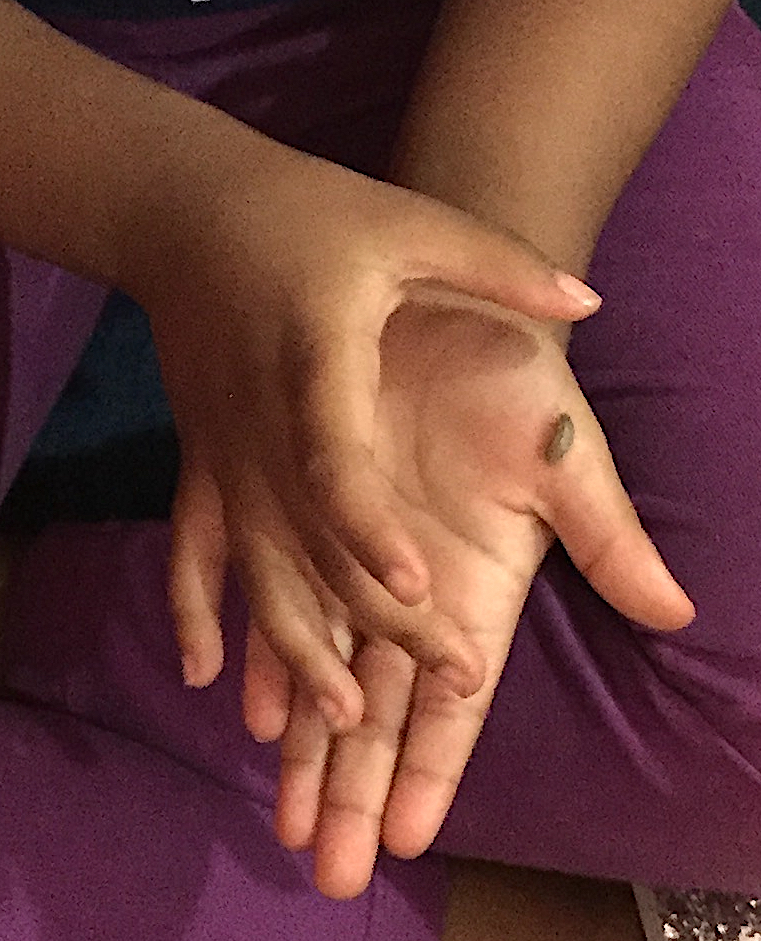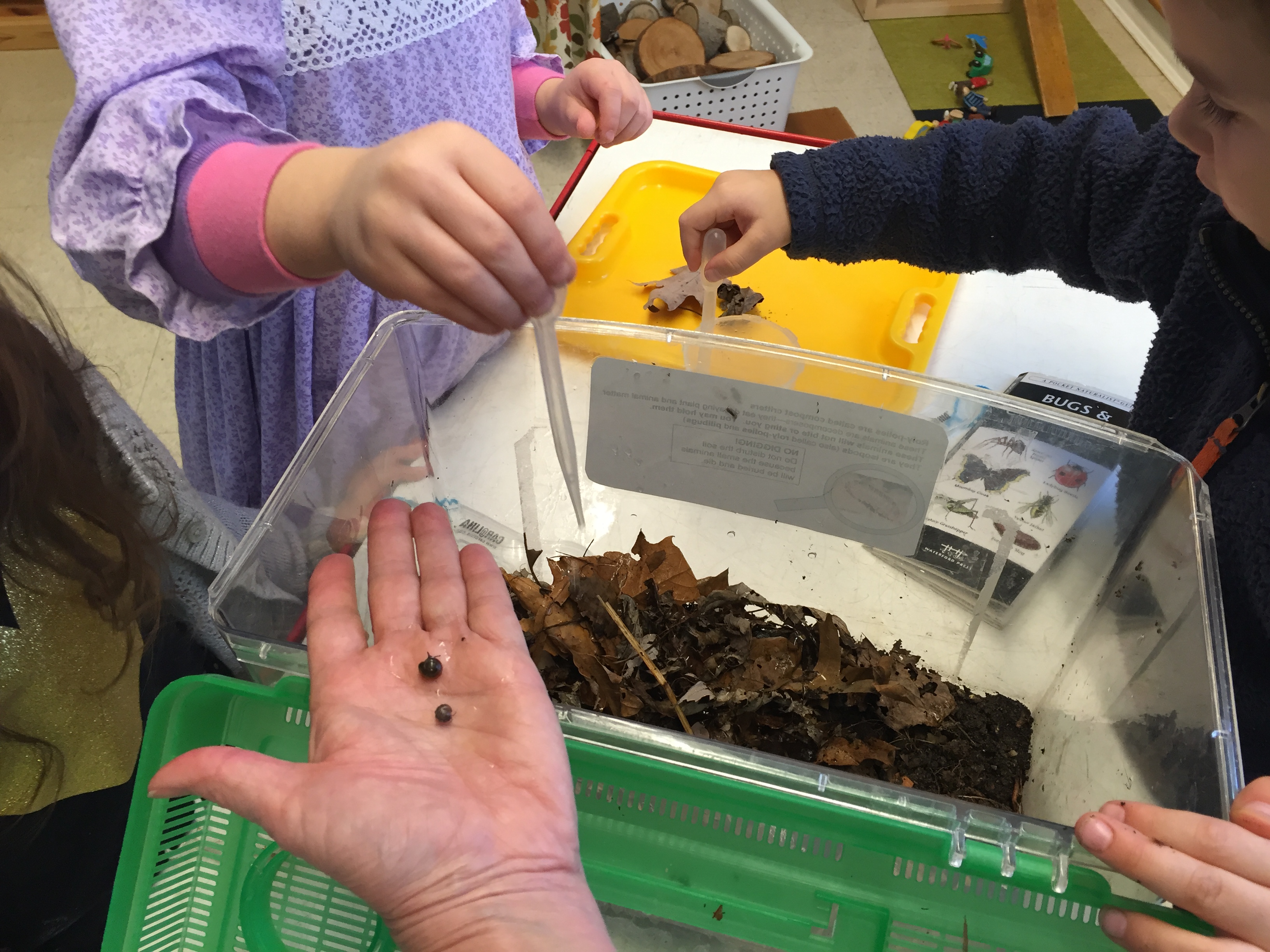Isopods—your favorite animal? Children are fascinated
By Peggy Ashbrook
Posted on 2018-09-18
What you call these small animals probably depends on where you grew up. Pillbug, sowbug, roly-poly, woodlice, potato bug, cochinilla, slater, and Armadillidium vulgare are some of the names I’ve heard for my favorite animal, the isopod. What kind of animal is it? To answer this question begin by making close observations, taking comfort in knowing that they will not scratch, bite, or sting you, and they don’t smell bad and are not sticky. And they are relatively sturdy animals that can be handled without damaging them, and the common land species are plentiful in many places so are not endangered. Avoid touching other invertebrates such as spiders, bees, and centipedes because they may bite or sting. And wash your hands after handling the isopods, just in case.
Searching for isopods, observing their behavior, and where they are found introduces children to a kind of animal that likes damp places. Reading about them, creating a container habitat, and caring for the isopods provides young children with multiple occasions to observe their body structure and learn that they are different from familiar animals such as worms, caterpillars and butterflies, fish, birds, and pet dogs in many ways. Children build on their prior experiences each time they are engaged with a science concept. Using a simple hand lens will reveal small details. Taking and enlarging digital photographs is also a good way to see small body parts.
Any enclosed habitat becomes soiled over time and needs to be refreshed. Children delight in misting the container with water and adding leaves. Your isopods will need some fresh soil and decaying vegetable matter, preferably from the area where you found them.
I wrote about the value of children’s open exploration of phenomenon and materials in the Early Years column in the September 2018 Science and Children. The activity page, “Exploring Isopods,” gives beginning instructions for implementing this open exploration. Learn more about open exploration in the Young Scientist books. See other articles in Science and Children about learning through observing isopods by searching on the “Your Elementary Classroom” page or in the NSTA Learning Center for “isopod.” I’m not the only educator who likes these animals!

 Online there are scientific studies about these cute animals and an International Symposium on Terrestrial Isopod Biology. Here are two online sites that have additional information for children and educators. How will your children share what they learn through observation?
Online there are scientific studies about these cute animals and an International Symposium on Terrestrial Isopod Biology. Here are two online sites that have additional information for children and educators. How will your children share what they learn through observation?
Featured Creatures, Entomology and Nematology Department, University of Florida.
http://entnemdept.ufl.edu/creatures/MISC/Armadillidium_vulgare.htm
BioKids, Kids’ Inquiry of Diverse Species
http://www.biokids.umich.edu/critters/Armadillidium_vulgare/
Disclaimer: The views expressed in this blog post are those of the author(s) and do not necessarily reflect the official position of the National Science Teaching Association (NSTA).





